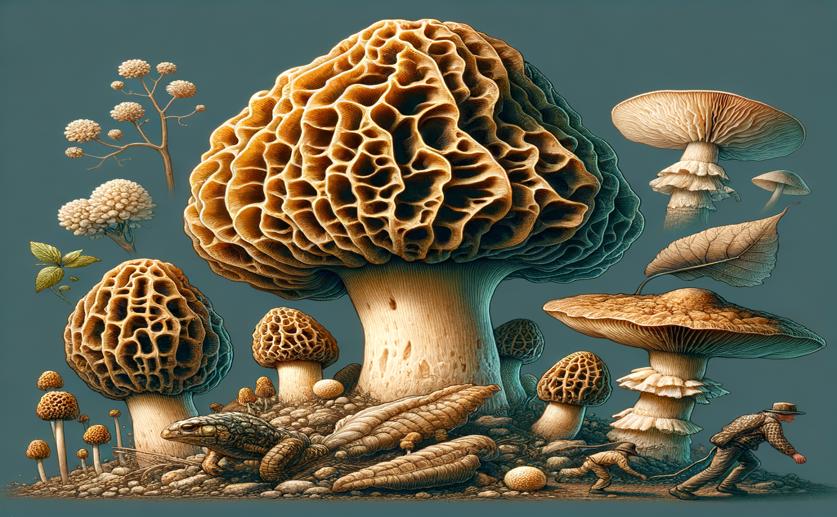
Understanding Morel Mushrooms: Genome Insights and Evolutionary Adaptations
Jim Crocker
28th May, 2024

Image Source: Natural Science News, 2024
Key Findings
- The study focused on Morchella spongiola, a valuable mushroom found in the Qilian Mountains of the Qinghai-Tibet Plateau
- Researchers obtained a high-quality genome sequence of M. spongiola, revealing it has 9,775 protein-coding genes
- Comparative analysis showed M. spongiola is a unique species, not a synonym of M. vulgaris, and diverged from black morels around 43 million years ago
References
Main Study
1) Genome assembly of M. spongiola and comparative genomics of the genus Morchella provide initial insights into taxonomy and adaptive evolution
Published 27th May, 2024
https://doi.org/10.1186/s12864-024-10418-8
Related Studies
2) Purification, structural characterization and immunomodulatory activities of a polysaccharide from the fruiting body of Morchella sextelata.
3) Anti-inflammatory effects of extracellular vesicles from Morchella on LPS-stimulated RAW264.7 cells via the ROS-mediated p38 MAPK signaling pathway.
4) Phylogeny and historical biogeography of true morels (Morchella) reveals an early Cretaceous origin and high continental endemism and provincialism in the Holarctic.



 24th April, 2024 | Jenn Hoskins
24th April, 2024 | Jenn Hoskins